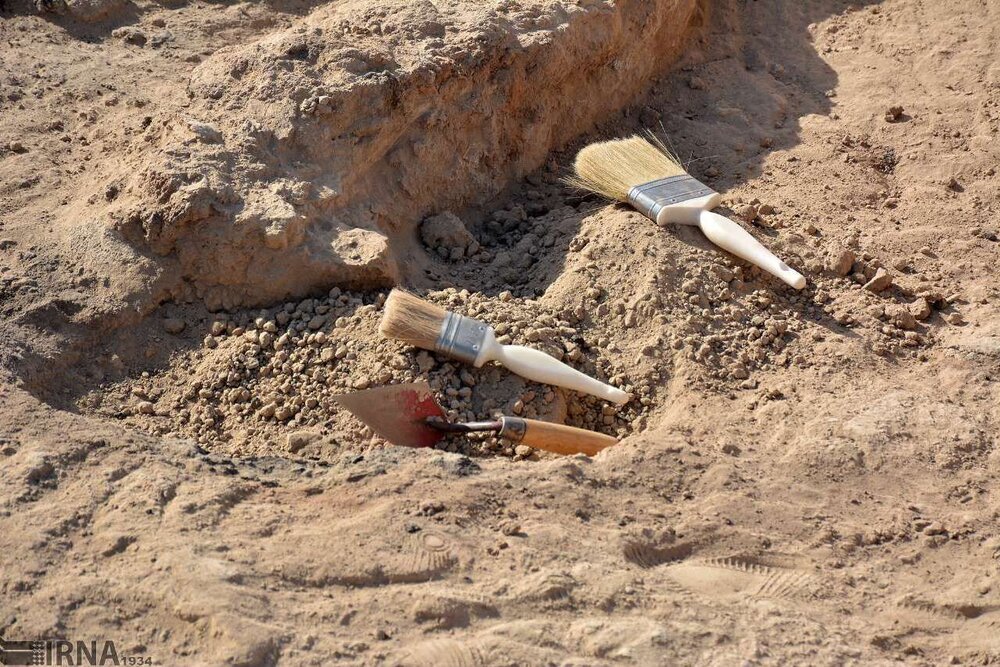Remnants of prehistorical settlement discovered in Iran’s Jiroft

TEHRAN – A team of Iranian and German archaeologists has recently discovered remnants of a prehistorical settlement during a survey in an ancient hill in Jiroft, southeast Iran.
“According to early reports, a very important building from the Achaemenid era (550-330 BC) has been discovered in a prehistorical Tepe (hill) situated near Tom Gavan village of Jiroft [county, Kerman province],” Jiroft governor said on Sunday, IRNA reported.
“The hill itself dates back to [some] 6,500 years ago to the third millennium BC,” Abuzar Atapourvaziri stated.
The official announced the launch of a research laboratory and archaeological site in Jiroft, adding, “It is constructed to keep data and artifacts [collected] from the [neighboring] archaeological sites for further investigation.”
Senior Iranian archaeologist Nader Alidad-Soleymani and German Professor Peter Pfalzner co-led a newly-commenced comprehensive survey, which is aimed to record evidence about previously excavated sites in the counties of Jiroft, Kahnouj, Anbarabad, Faryab, Rudbar, Qalehganj and Manujan.
Supervised by Iran’s Cultural Heritage and Tourism Research Center, the previous surveys adopted a methodology that involved field sampling methods, pottery documentation, setting up a database system and carbon dating.
Jiroft is one of the richest historical areas inA the world, with ruins and artifacts dating back to the third millennium BC. Many Iranian and foreign experts see the findings in Jiroft as signs of a civilization as great as Sumer and ancient Mesopotamia.
AFM/MG

Leave a Comment